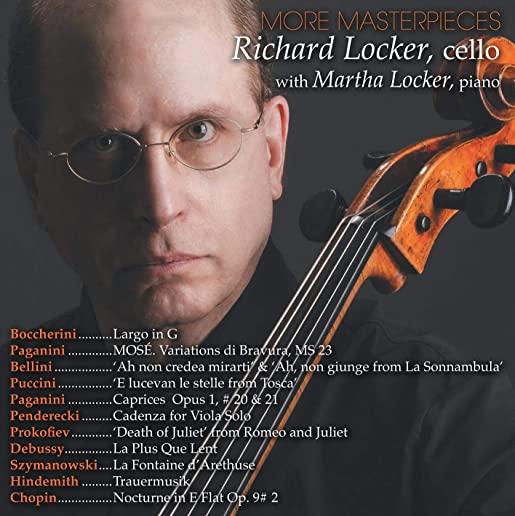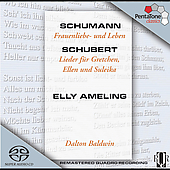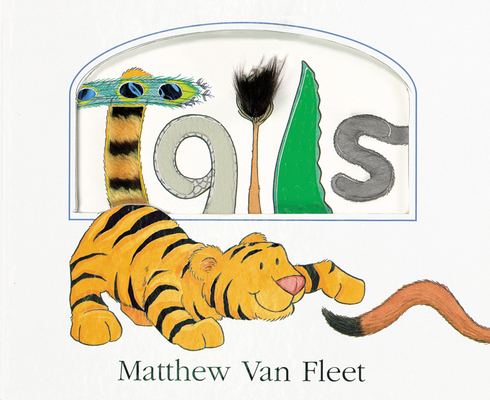
LOCKER, RICHARD
product information
Condition: New,
UPC: 8882958620422,
Publication Date: 01/04/2019,
Type: COMPACT DISC,
Style: CLASSICAL/CHAMBER MUSIC & RECITALS,
description
tracks
Largo in G, No. G5MOSÉ. Variations di Bravura, MS23
'Ah non credea mirarti' from La Sonnambula
'Ah, non giunge' from La Sonnambula
'E lucevan le stelle' from Tosca
Caprice Op. 1 No. 20
Caprice Op. 1 No. 21
Cadenza for Viola Solo
"Death of Juliet" from Romeo and Juliet
La Plus Que Lente
La Fontaine d'Arethuse, Op. 30
Trauermusik (1933)
Nocturne in E flat Op. 9, No. 2
notes
MORE MASTERPIECES Richard Locker (vc); Martha Locker (pn) LEGGEIRO 518 (65:12)BOCCHERINI Sonata No. 3 in D: Largo. PAGANINI Mosè, Variazioni di Bravura.Caprices, op. 1: Nos. 10; 21 BELLINI La Sonnambula: Ah, non credea mirarti; Ah, non guange. PUCCINI Tosca: E lucevan lestelle. PENDERECKI Cadenza. PROKOFIEV Romeo and Juliet: Death of Juliet. DEBUSSY La plus que lent. SZYMANOWSKI Mythes, op. 30: La Fontaine d’Aréthuse. HINDEMITH Trauermusik. CHOPIN Nocturne, op. 9/2
Cellists depend on transcriptions to expand their repertoire, and this new release offers the widest possible range of choices, from Paganini Caprices to Cavaradossi’s “E lucevan le stelle” and the “Death of Juliet” scene from Prokofiev’s Romeo and Juliet. Richard Locker is a masterful cellist, and I’ll touch upon some of his bravura feats, but what really comes foremost in this recital is expression. Locker came from a musical family in Pittsburgh and made his solo debut in New York City in 1979. Rising to be a top-level freelancer, he has participated in thousands of recording sessions, including 150 Hollywood movies. That’s a recipe, one would think, for developing two qualities that are complete opposites, first, the ability to play anything (preferably at sight), and second, a jaded attitude of thick-skinned professionalism.
Locker clearly developed the first trait—his feats of virtuoso execution on this album are astonishing. Somehow he didn’t develop the second trait, as you can hear in every lyrical selection. If it weren’t for his undiminished love of music, he couldn’t move the listener so deeply in the Tosca aria or the Romeo and Juliet scene. In the booklet Locker tells us that his love of the cello was inspired by Casals “for his depth of expression and musical understanding that transcended technique.” As a tribute, Locker ends the program with a Chopin Nocturne made famous by Casals, and you hear how beautifully he has absorbed Casals’s soulfulness and the art that conceals art.
A second early inspiration was Feuermann, whose “most distinguishing characteristics were his elegant, understated style and a beauty of tone and technique that have never been equaled.” This influence Locker lives up to in the first of three Paganini transcriptions, the Variazioni di Bravura based on a theme from Rossini’s Moses in Egypt. The entire work is played on a single string, the cello’s A-string, which is astonishing enough. But Locker managesto fly up and down effortlessly from the open A to precarious high harmonics, often in rapid passagework, without the slightest break in the moving line.
There is plenty more to be astonished by in the two Paganini Caprices, No. 20 and 21, but I imagine that listeners will be the most transfixed by the technical demand in the former, where a nearly continuous double stop, with the D-string acting like a bagpipe drone, must be sustained while acrobatics are performed on the A-string. In terms of octaves, trills, rapid scales, and double stops, Locker gives a clinic for aspiring cellists and a playground for the listener. And one cannot overlook the sheer entertainment value in hearing him play all the parts of the cello quartet that precedes “E lucevan le stelle,” for example.
In the end, though, this follow-up to a previous disc of Masterpieces in Transcription would not be so special without its heart value. Leonard Bernstein once remarked that the only performers he envied were singers. Locker overcomes any incipient envy by studying the texts of the opera extracts performed here, including two contrasting arias from Bellini’s La Sonambula, the first eerie, the second joyful. With the words in mind, the cellist becomes a singer, a role the instrument was born to play, of course. Locker perfectly evokes a coloratura soprano, delivering vocal acrobatics before gliding to the highest climactic notes with rapturous ease—it’s all a marvel.
More than a nod goes to the pianist, his niece Martha Locker, who is Juilliard trained and performs as an equal musical partner here. Her playing is sensitive throughout but especially in the “Death of Juliet,” where the color, range, and sonority of Prokofiev’s wonderful orchestration falls on the pianist’s shoulders. Cello and piano weave the scene with compelling beauty and feeling. It has lingered in my mind ever since I heard it.
Huntley Dent, Fanfare Magazine
companies
Record Company – Leggiero Records
member goods
No member items were found under this heading.
listens & views

FRAUENLIEBE & LEBEN / LIEDER ...
by SCHUMANN / SCHUBERT / AMELING / BALDWIN
SUPER-AUDIO CDout of stock
$19.99
Return Policy
All sales are final
Shipping
No special shipping considerations available.
Shipping fees determined at checkout.






